Flag References
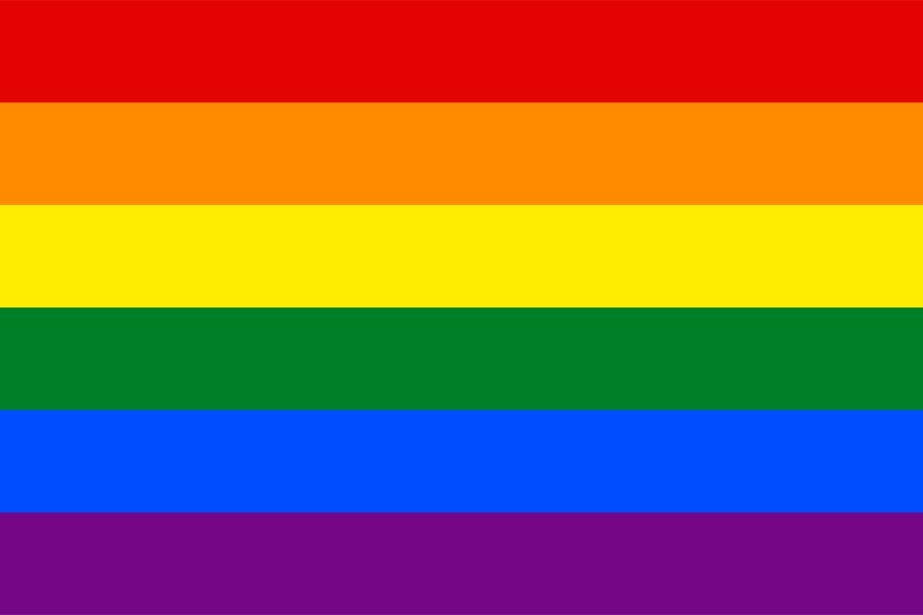
LGBTQ+ Pride Flag
An acronym for “lesbian, gay, bisexual, transgender and queer.” The “+” encompasses all other gender and sexual identities. The Rainbow Flag first appeared in 1978, when it was displayed during the San Francisco Gay Freedom Day Parade. Gilbert Baker, along with Lynn Segerblom, James, McNamara and others, designed and created the rainbow flag to represent the LGBTQ+ community.
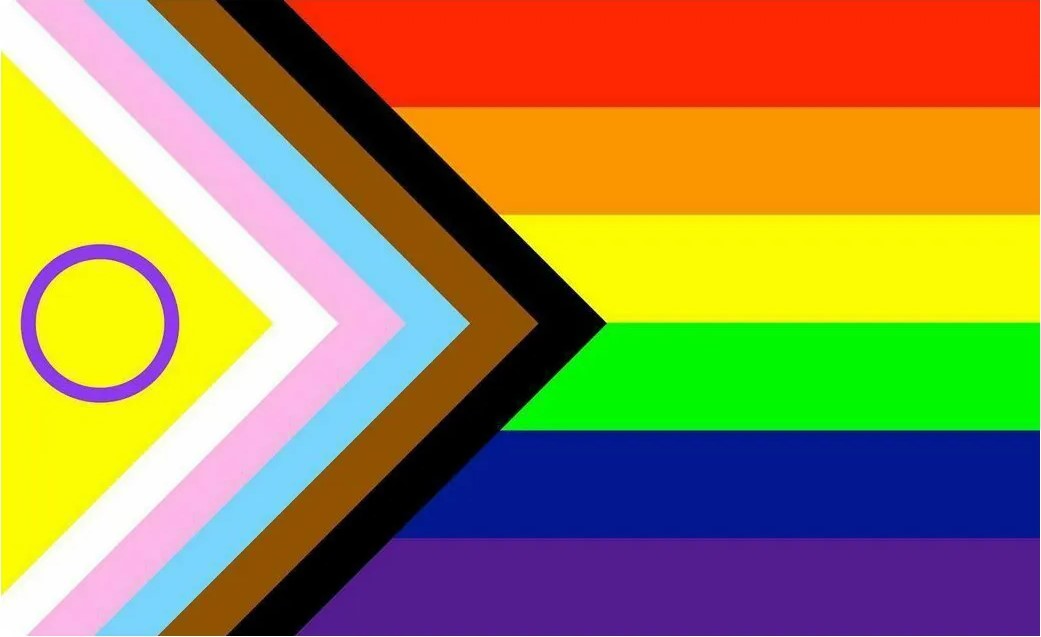
Modern Progress Pride Flag
Daniel Quasar, who identifies as queer and nonbinary, designed this flag. The white, pink, and light blue reflect the colors of the transgender flag, while the brown and black stripes represent people of color and those lost to AIDS, and also includes the pride flag.Moreover, the trans flag and minoritized community stripes are shifted to the hoist of the flag in the shape of an arrow. The arrow points to the right to show forward movement while being along the left edge shows that progress still needs to be made.
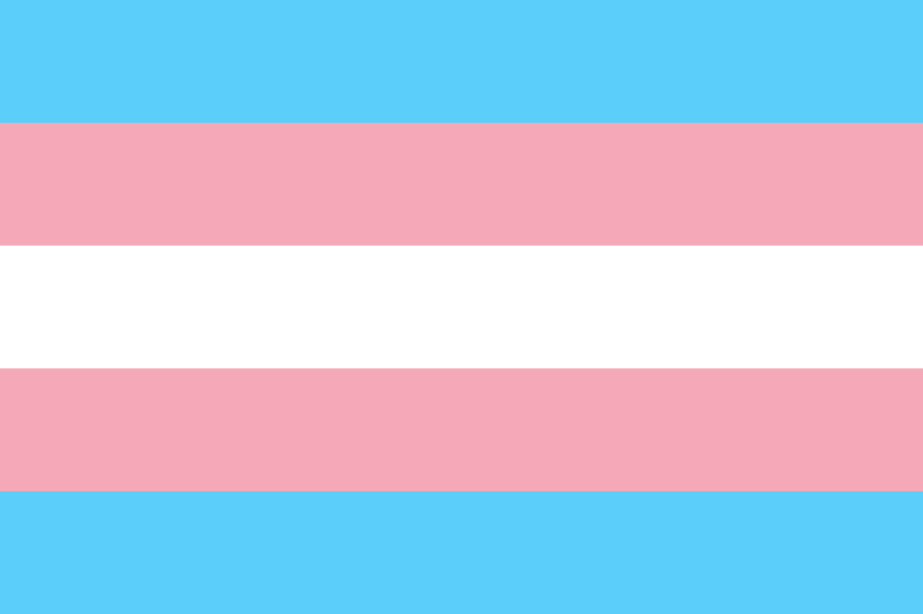
Transgender Pride Flag
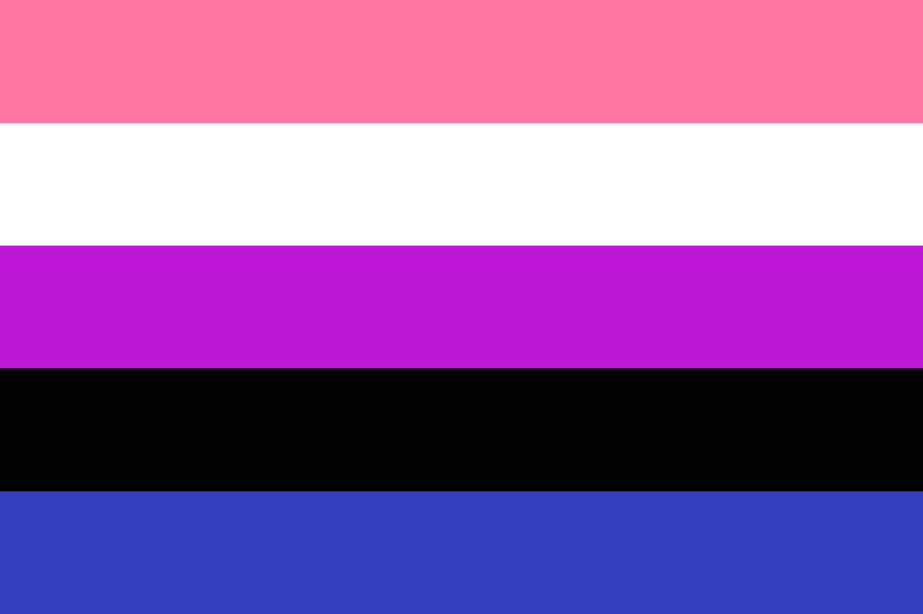
Genderfluid Pride Flag
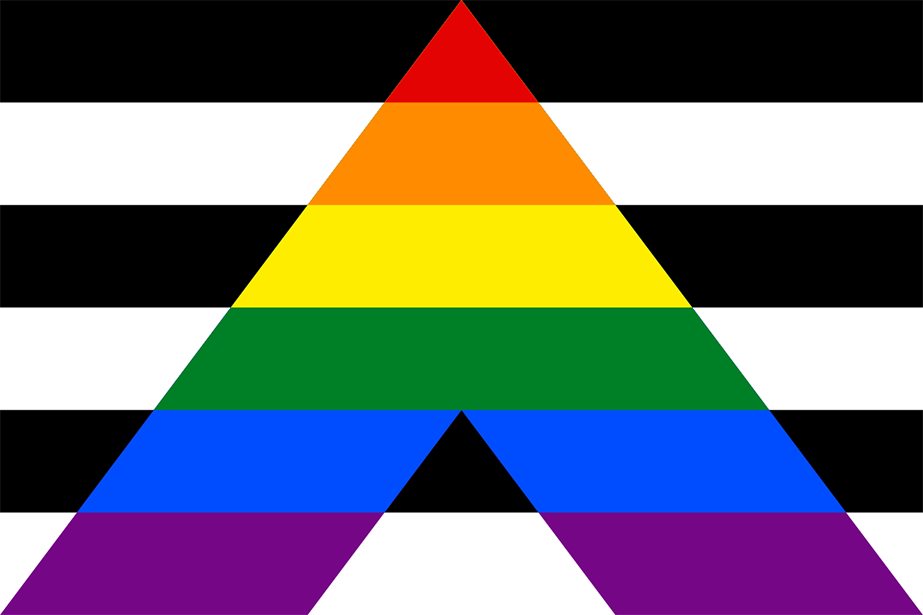
Straight Ally Pride Flag
Straight allies are heterosexual and/or cisgender people who support equal civil rights, gender equality, LGBTQIA2S+ social movements, and challenges homophobia, biphobia, transphobia, and any discrimination against the LGBTQIA2S+ community. The black and white stripes are thought to symbolize the yin and yang of female and male, while the dominant rainbow chevron represents the letter “A” for ally.
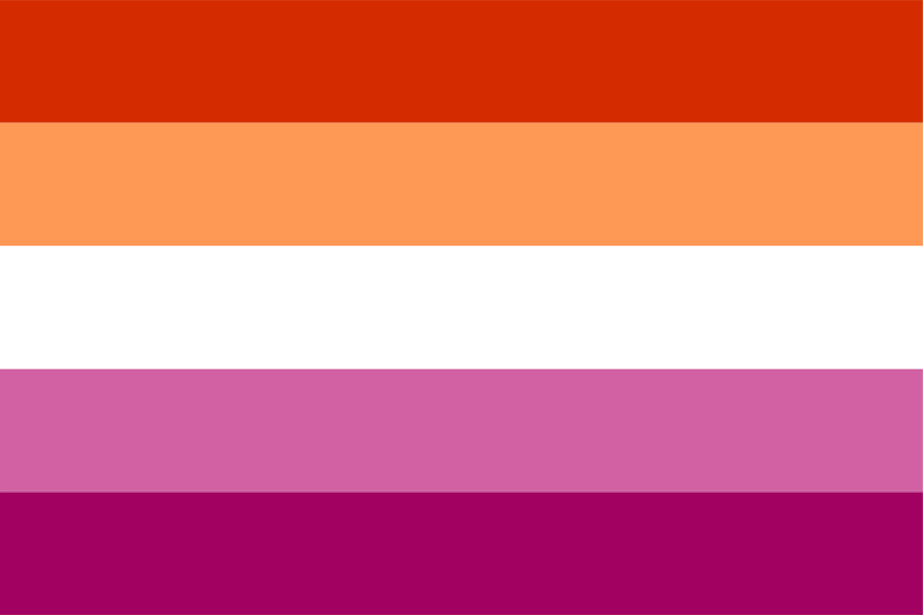
Lesbian Pride Flag
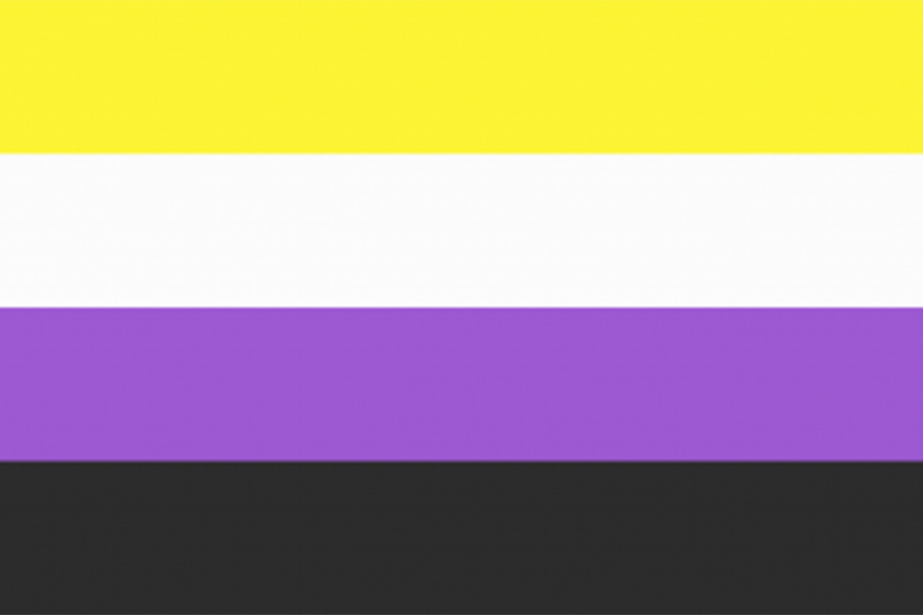
Nonbinary Pride Flag
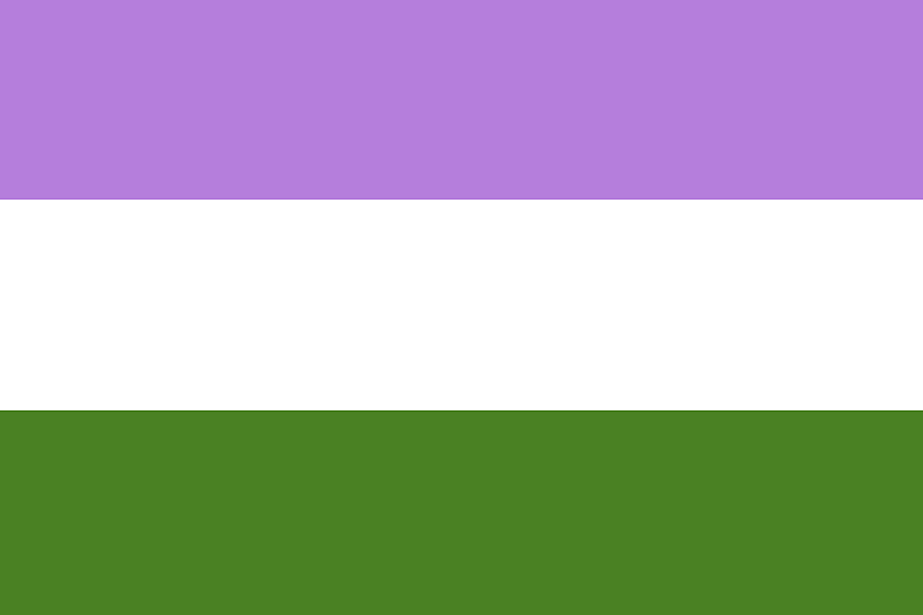
Genderqueer Pride Flag
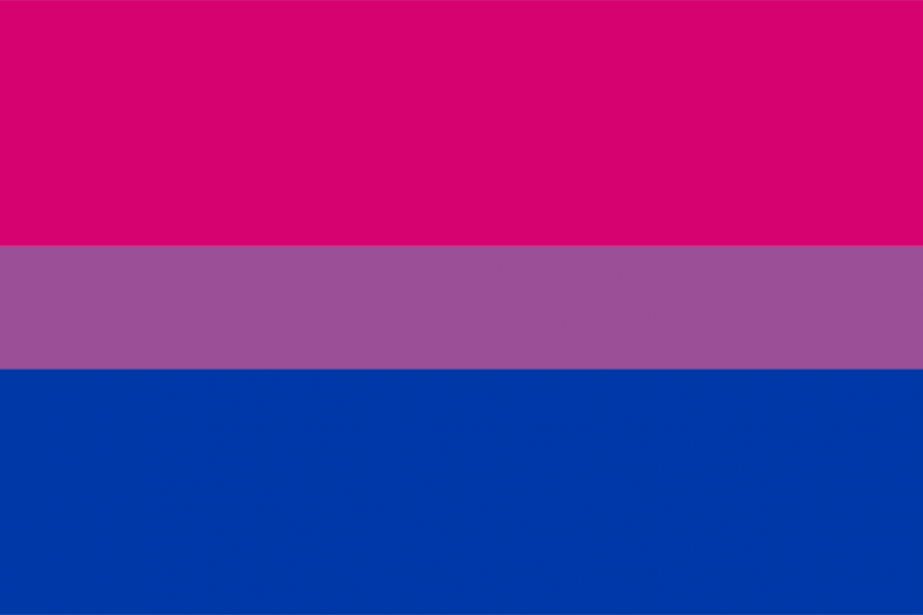
Bisexual Pride Flag

Pansexual Pride Flag
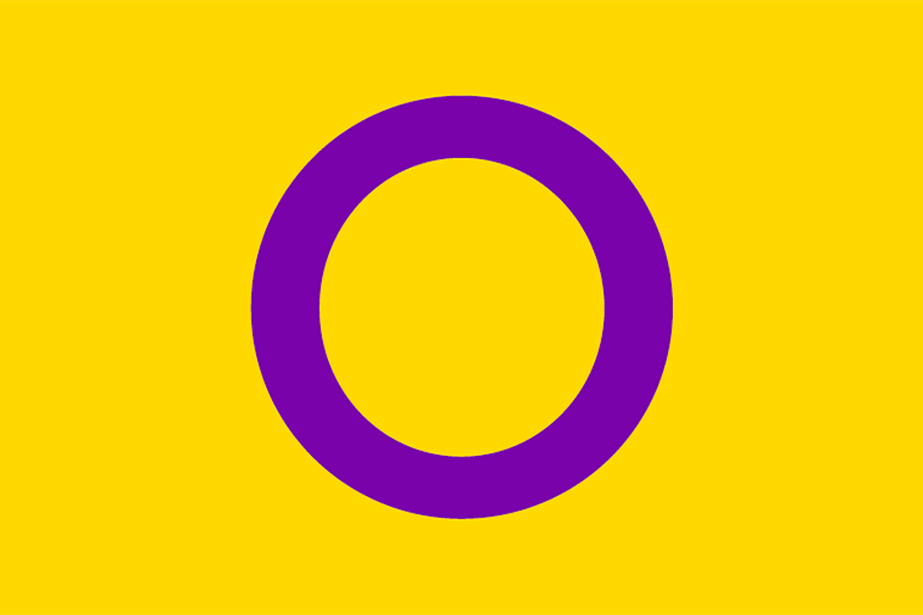
Intersex Pride Flag
Describes a person who is born with a sex that doesn’t fit the typical definitions of female or male due to genetic, hormonal or anatomical differences.
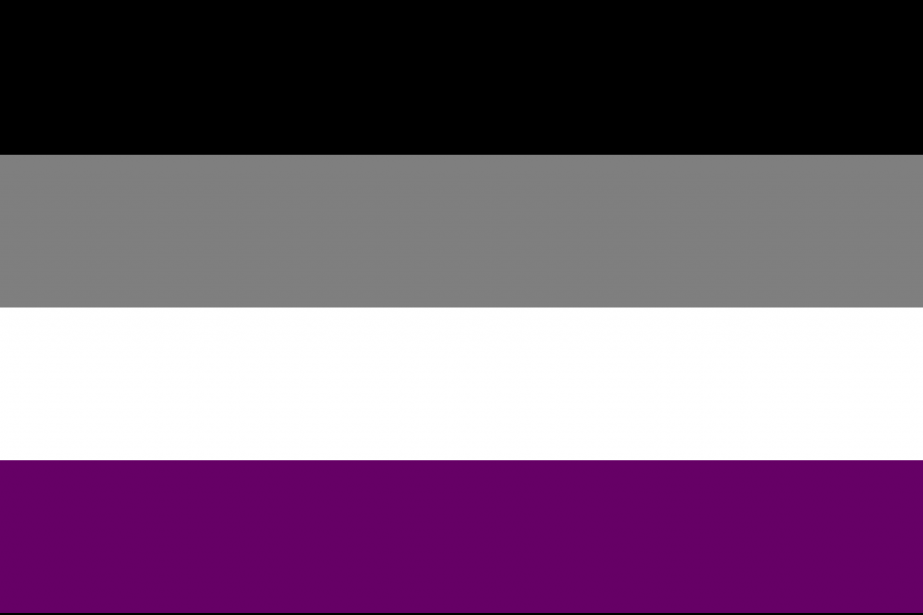
Asexual Pride Flag
Those who do not experience sexual attraction or have an interest in or desire for sex. Asexuality is often viewed as a spectrum meaning there are varying levels and identities regarding someone’s emotional, spiritual, and romantic attraction.
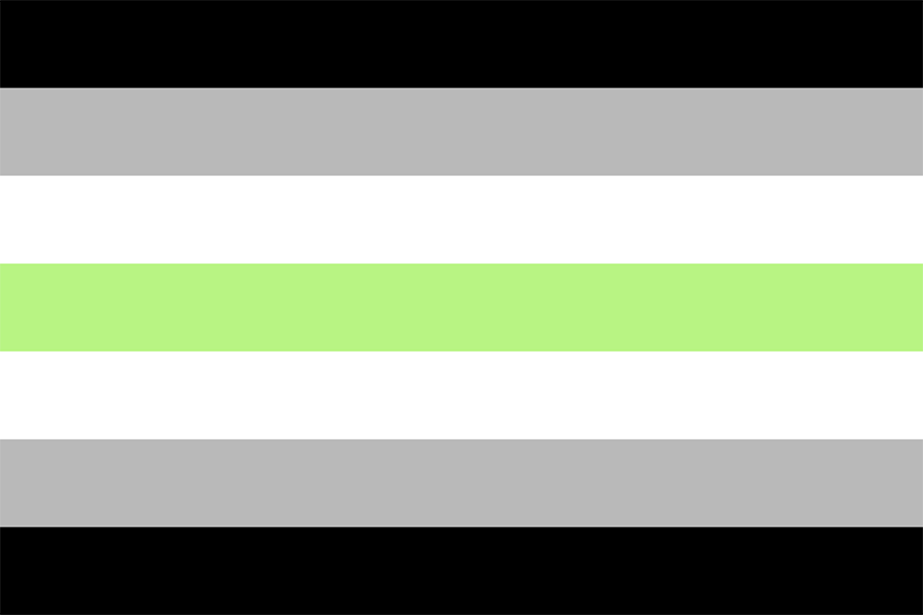
Agender Pride Flag

Aromantic Pride Flag
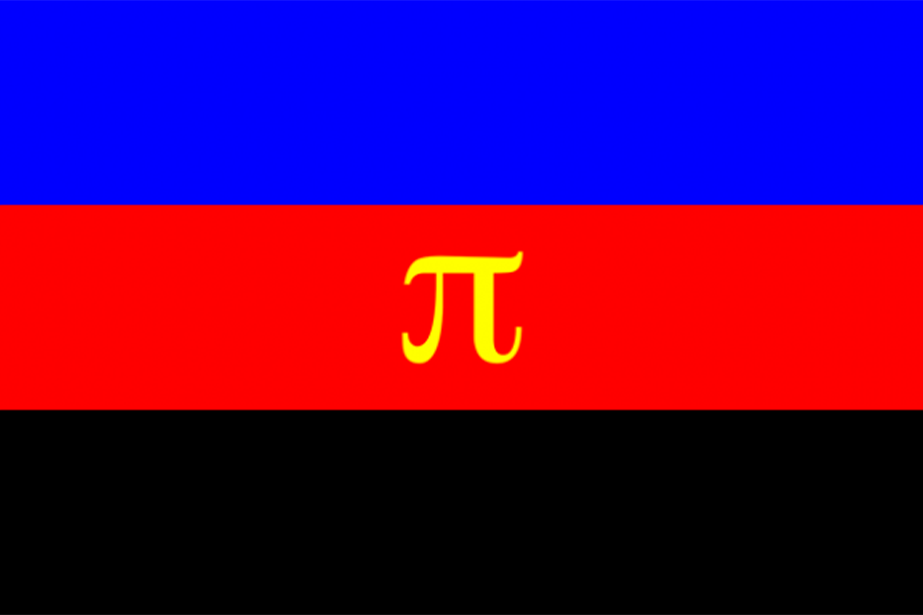
Polyamory Pride Flag
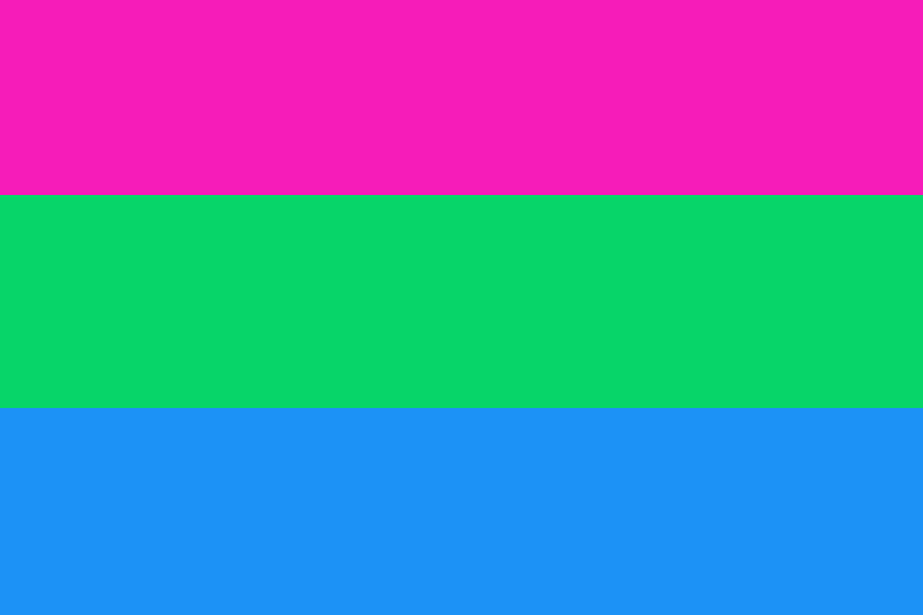
Polysexual Pride Flag
Describes people who are attracted to multiple genders but not all. A middle ground between bisexuality and pansexuality. Centered more around attractions to femininity and masculinity rather than gender itself.






